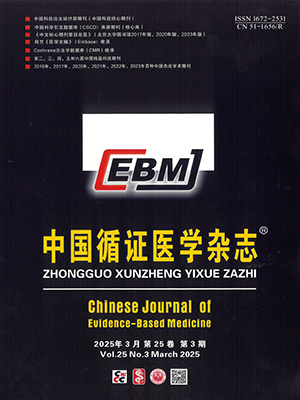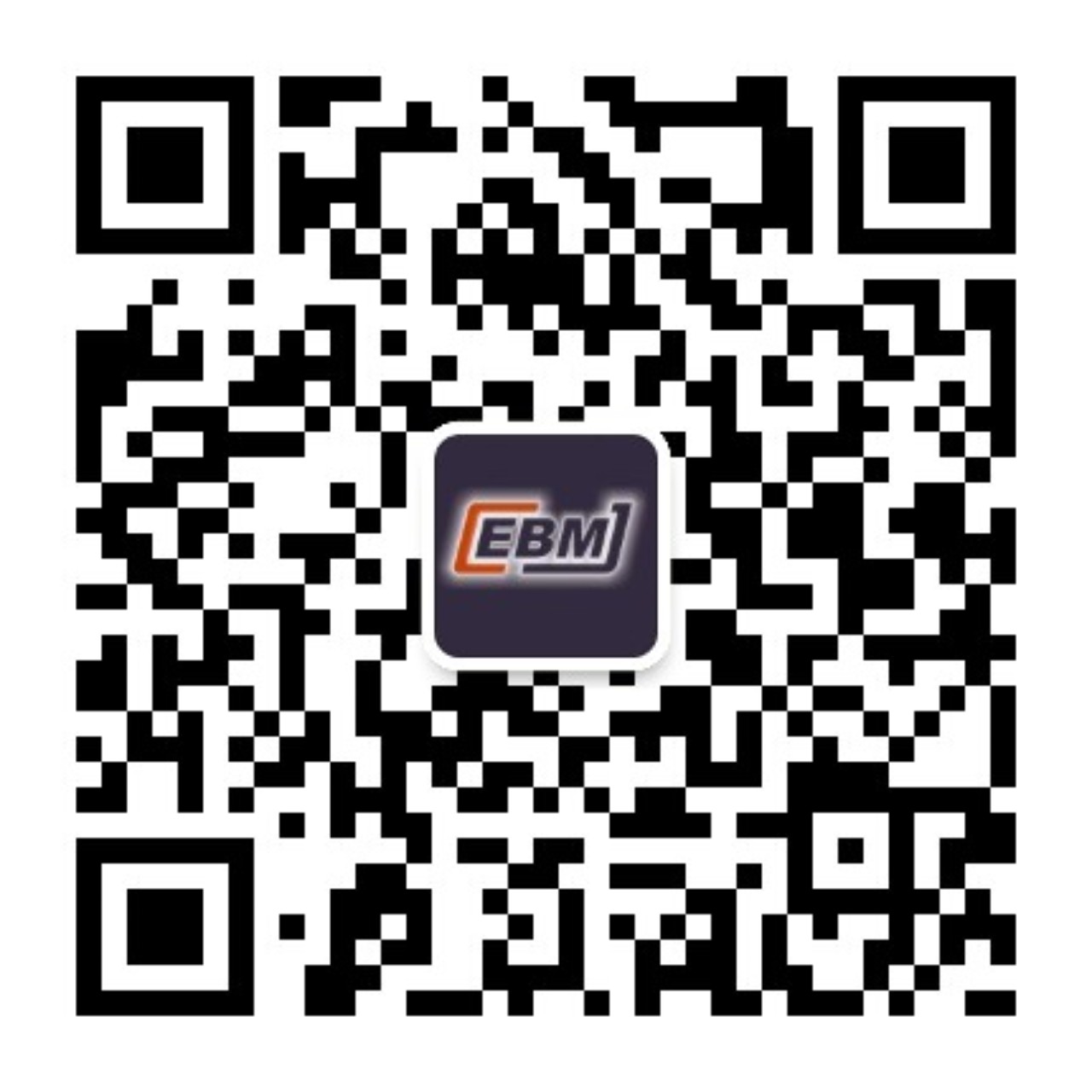NNT defines the number of patients who need to be treated in order to achieve one additional favorable outcome, and NNH is defined as the number of patients who must be treated with a therapy in order to have one additional patient suffer an adverse effect compared with the control treatment. This is the most important thing that should beconsidered before administering a treatment. NNT can also be used to assess the relative benefit or harm in the comparison of intervention versus positive control. If the effect is smaller in the intervention group than that in the control group, NNT should be used; if the effect is bigger in the intervention group than that in the control group, NNH should be used. When comparison is made between an intervention versus placebo, NNT and NNH are absolute outcomes; when an intervention is compared to a positive control, NNT and NNH are relative outcomes. RR or OR or RD may help to judge which comparator has bigger or smaller effect, and whether NNT or NNH should be used.
Citation:
WU Taixiang,LIU Guanjian. Something Needed to Pay Attention in the Use of NNT and NNH. Chinese Journal of Evidence-Based Medicine, 2007, 07(9): 669-672. doi:
Copy
Copyright © the editorial department of Chinese Journal of Evidence-Based Medicine of West China Medical Publisher. All rights reserved
| 1. |
Wu TX, Liu GJ, Zhang MM, et al. Systematic review of benefits and harms of artemisinin-type compounds fro preventing schistosomiasis. Natl Med J China, 2003, 83(14): 1219-1224.
|
| 2. |
Andreas L, David L, Sackett RS, et al. An assessment of clinically useful measures of the consequences of treatment. The New Eng J Med, 1988, 318(26): 1728-1733.
|
| 3. |
Fletcher RH, Fletcher SW, Wagner EH. Clinical Epidemiology. The Essentials. 3rd edition. Williams & Wilkins A Waverly Company. Baltimore, Maryland, USA.
|
| 4. |
Gordon Guyatt, Drummond Rennie. Users’ Guides to the medical literature. Essentials of Evidence-Based Cl inical Practice. JAMA ARCHIVES JORNALS. AMA Press.
|
| 5. |
Johansen HK, Gotzsche PC. Amphotericin B versus fluconazole for controlling fungal infections in neutropenic cancer patients. Cochrane Database of Systematic Reviews, Issue 2, 2002, (2): CD000239.
|
| 6. |
吴泰相, 刘关键, 张鸣明, 等. 青蒿素类药物预防日本血吸虫感染效果及安全性的系统评价. 中华医学杂志, 2003, 83(14): 1219-1224.
|
- 1. Wu TX, Liu GJ, Zhang MM, et al. Systematic review of benefits and harms of artemisinin-type compounds fro preventing schistosomiasis. Natl Med J China, 2003, 83(14): 1219-1224.
- 2. Andreas L, David L, Sackett RS, et al. An assessment of clinically useful measures of the consequences of treatment. The New Eng J Med, 1988, 318(26): 1728-1733.
- 3. Fletcher RH, Fletcher SW, Wagner EH. Clinical Epidemiology. The Essentials. 3rd edition. Williams & Wilkins A Waverly Company. Baltimore, Maryland, USA.
- 4. Gordon Guyatt, Drummond Rennie. Users’ Guides to the medical literature. Essentials of Evidence-Based Cl inical Practice. JAMA ARCHIVES JORNALS. AMA Press.
- 5. Johansen HK, Gotzsche PC. Amphotericin B versus fluconazole for controlling fungal infections in neutropenic cancer patients. Cochrane Database of Systematic Reviews, Issue 2, 2002, (2): CD000239.
- 6. 吴泰相, 刘关键, 张鸣明, 等. 青蒿素类药物预防日本血吸虫感染效果及安全性的系统评价. 中华医学杂志, 2003, 83(14): 1219-1224.




